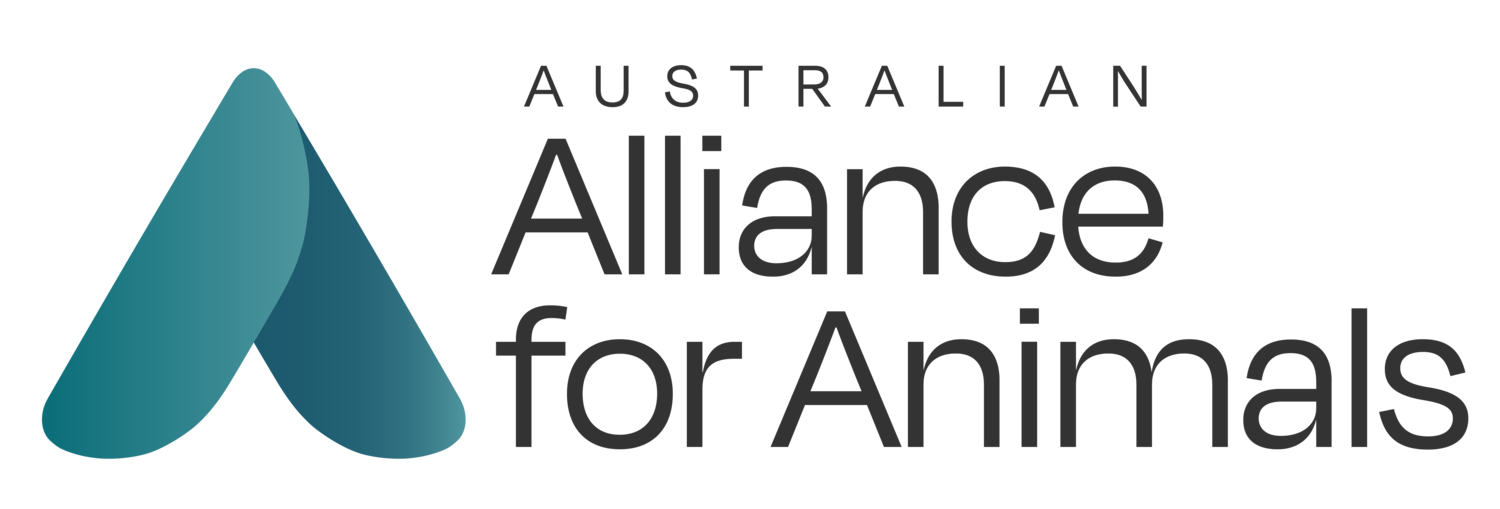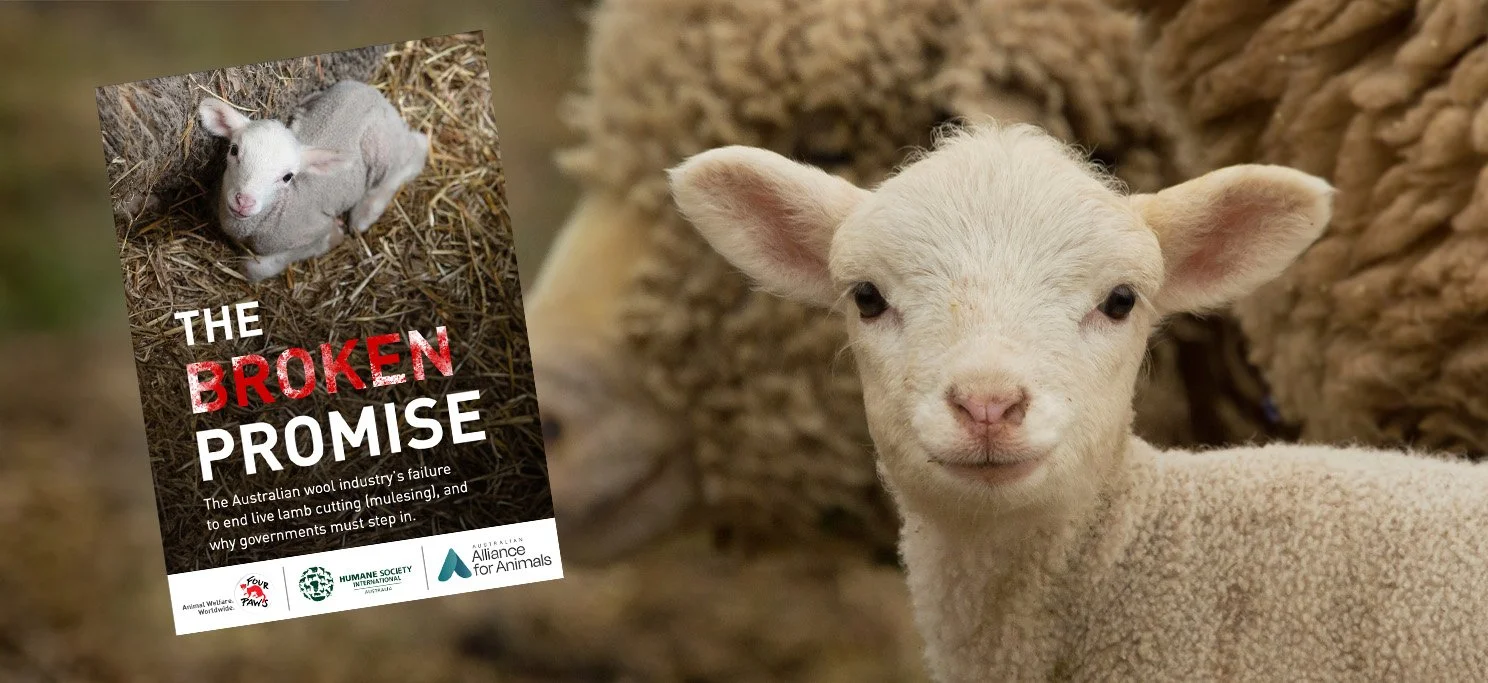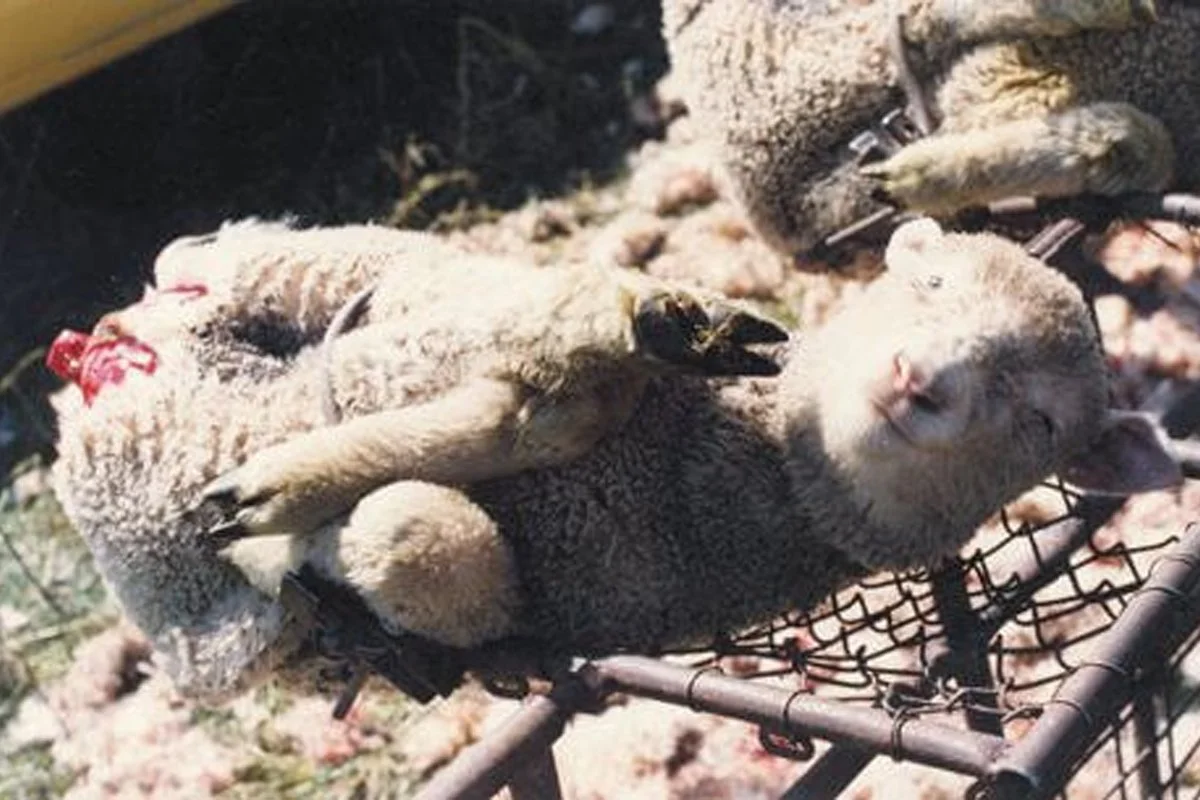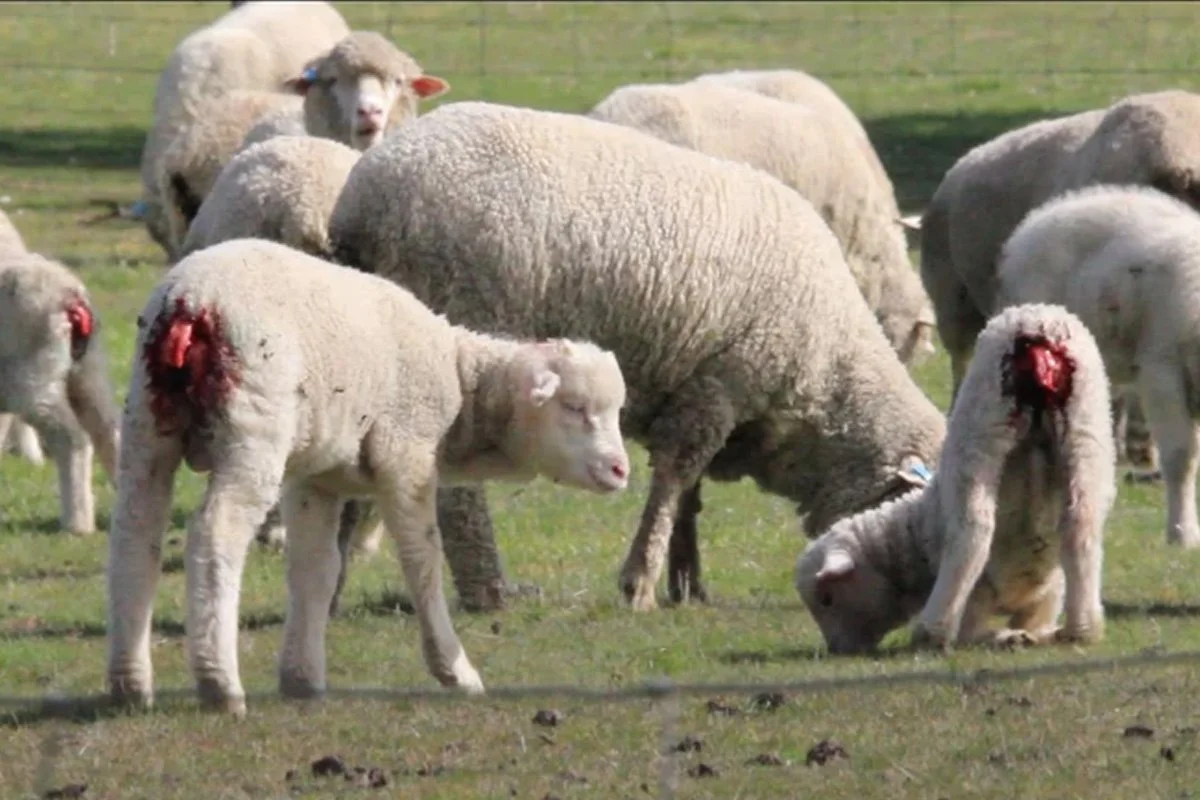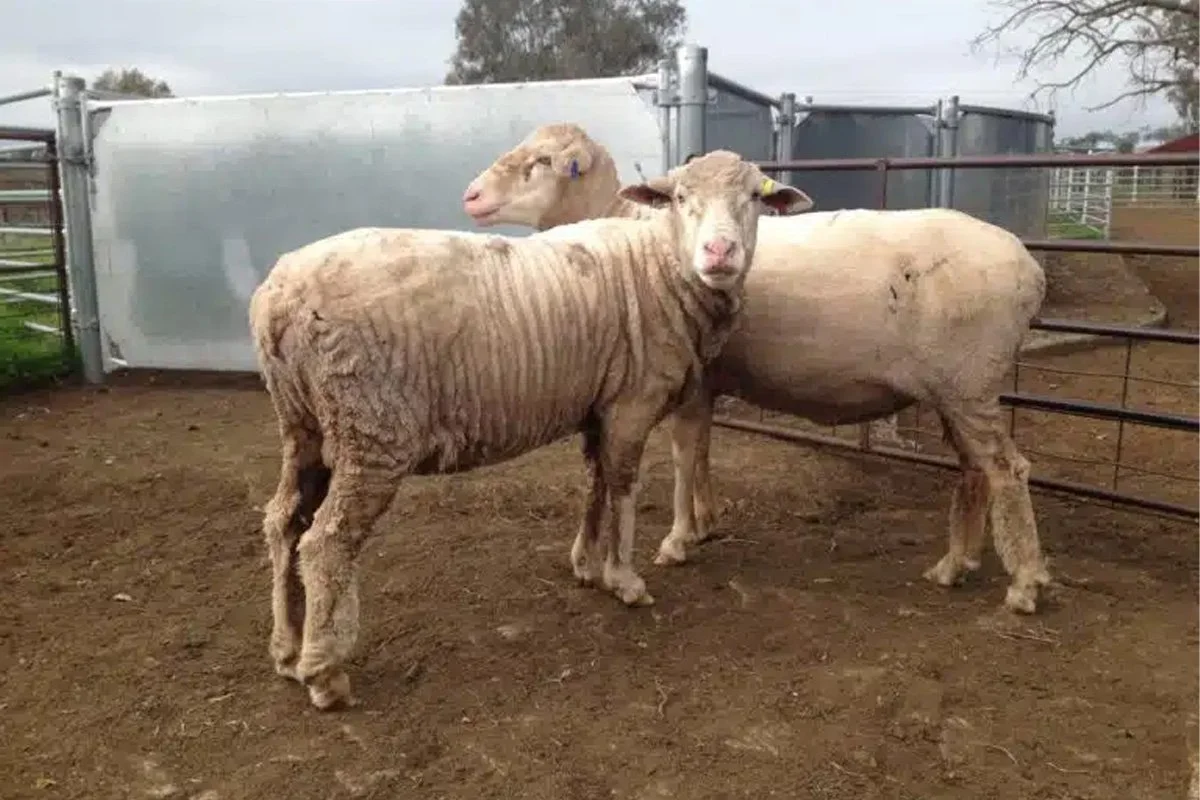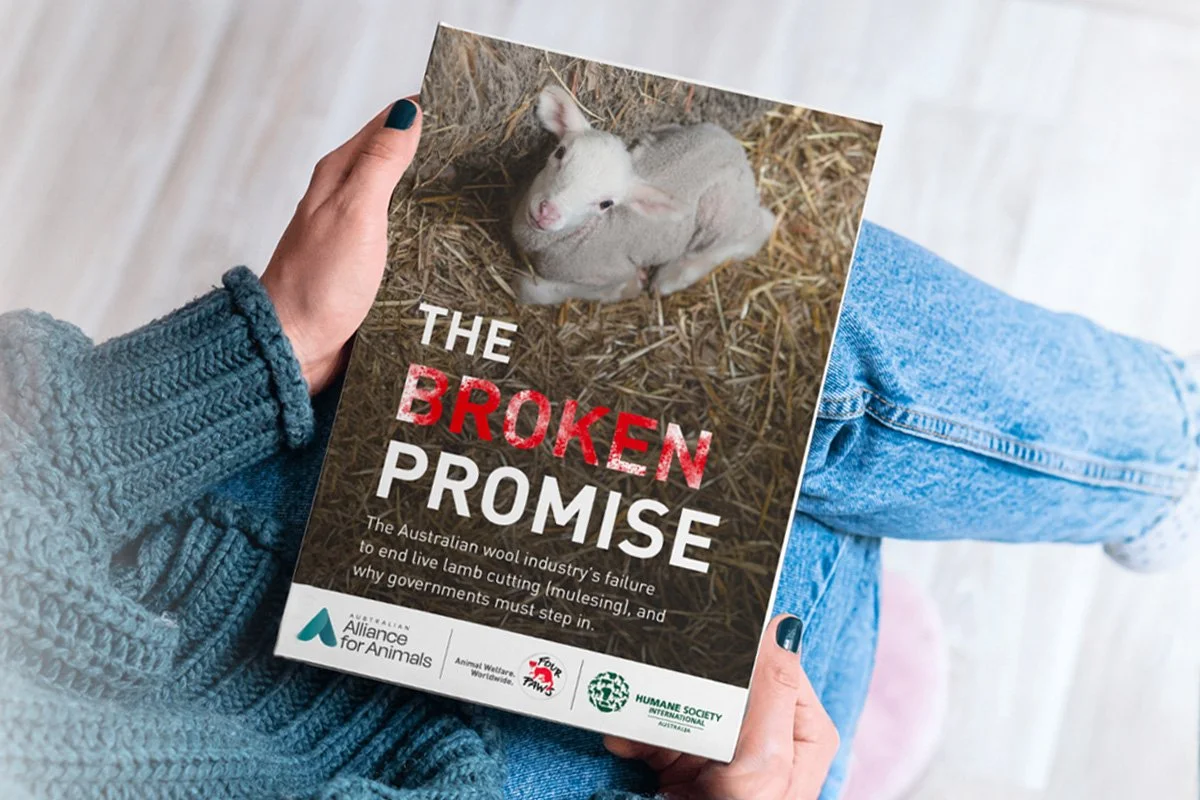The wool industry’s broken promise
The Australian Alliance for Animals, FOUR PAWS and Humane Society International Australia have joined forces to call out systemic issues within the wool industry in the new published report, The Broken Promise: The Australian wool industry’s failure to end live lamb cutting, and why government must step in.
In 2004, Australian wool industry leaders unanimously committed to phasing out live lamb cutting by 2010 due to a rise in consumer concern, international criticism, and the threat of boycotts from retailers. Then in 2009, just one year out from the deadline, the industry abandoned its promise due to vested interests and a lack of action.
Backflipping on its promise has had significant welfare implications for Australian sheep and our international reputation and is leaving wool producers vulnerable to losing their place in the market.
Over 140 million lambs have undergone live lamb cutting since 2010.
Live lamb cutting, traditionally known as mulesing, is a painful surgical procedure performed on young lambs to prevent flystrike – a cruel solution to a man-made problem. Lambs are held down in metal cradles while the skin folds around their breech (buttocks, hind legs, and base of their tail) are cut off, without prior pain relief. The procedure is traumatising for lambs and the large open wound can take many weeks to heal.
Image: Animal Liberation Victoria
Image: FOUR PAWS
Breeding plain-bodied Merino sheep will solve the problem.
Merino sheep traditionally had smooth skin, however, in the 1880s, Australian producers began selectively breeding sheep with excessive amounts of skin. The belief was that more wool could be harvested from sheep with more skin. The wrinkly skin, in turn, increased the risk of flystrike, as the moist wool between the skin folds attracts blowflies. Plain-bodied sheep have little to no wrinkles, reducing the risk of flystrike and the need for live lamb cutting.
Farmers who have already transitioned to plain-bodied sheep managed to do so in 3 to 5 years and they’ve reported an increase in lamb survival rates and overall wool quality. These growers also found the cost to transition was minimal, and they are reaping the benefits of more productive and efficient flocks, and increased access to global markets.
Through genetics and good management, you can quickly change a sheep within two generations that doesn’t need mulesing and has these other co-benefits. And it is just time we moved on.
- Dr Charles Massy, OAM, wool producer, author
The sector failed to deliver on its promise because it failed to act.
A lack of industry leadership meant that wool producers continued to breed wrinkly Merinos, failing to transition to plain-bodied sheep as the deadline drew closer. As a result, there were many large flocks of wrinkly sheep who remained at risk of flystrike, causing the industry to abandon its commitment.
Now, 20 years on from the initial promise, live lamb cutting is still being performed on approximately 75-80% of Australian sheep used for wool.
“It is actually so simple that I can’t believe that the industry hasn’t made more progress”
Australia’s international reputation is being tarnished.
Australia remains the only country still practicing live lamb cutting and the industry shows no signs of stopping. This lack of action is tarnishing our international reputation and trade relationships, leaving wool producers vulnerable to market disruption. A rise in both domestic and international awareness of the cruelty involved with live lamb cutting has created a shift in consumer expectations. Consumers are calling on brands to use wool from sheep that have not been subject to live lamb cutting. As a result, over 300 brands globally now source at least a portion of their wool from certified producers who do not practice live lamb cutting or have committed to discontinue the practice so by 2030. If Australia doesn’t phase out live lamb cutting, the wool industry will lose its social licence and the trust of the community.
It’s time for government action.
The lack of industry leadership demonstrates that the wool industry is incapable of independently achieving a nation wide end to live lamb cutting. That is why we are calling on the federal and state governments to act, by mandating a phase out of live lamb cutting by 2030.
The Broken Promise report calls out the systemic issues within the Australian wool industry and calls on federal and state governments to act.
Take action for lambs.
Please sign the petition to call for an end to live lamb cutting (mulesing) - FOUR PAWS action.
Please send an email to call on all of Australia’s agriculture ministers to support an urgent update of Australian Sheep Standards and a phase out of live lamb cutting (mulesing) - Humane Society International Australia action.
Share the report with others.
Acknowledgement
The report was written by FOUR PAWS and Humane Society International Australia, with in-kind support from the Alliance.
